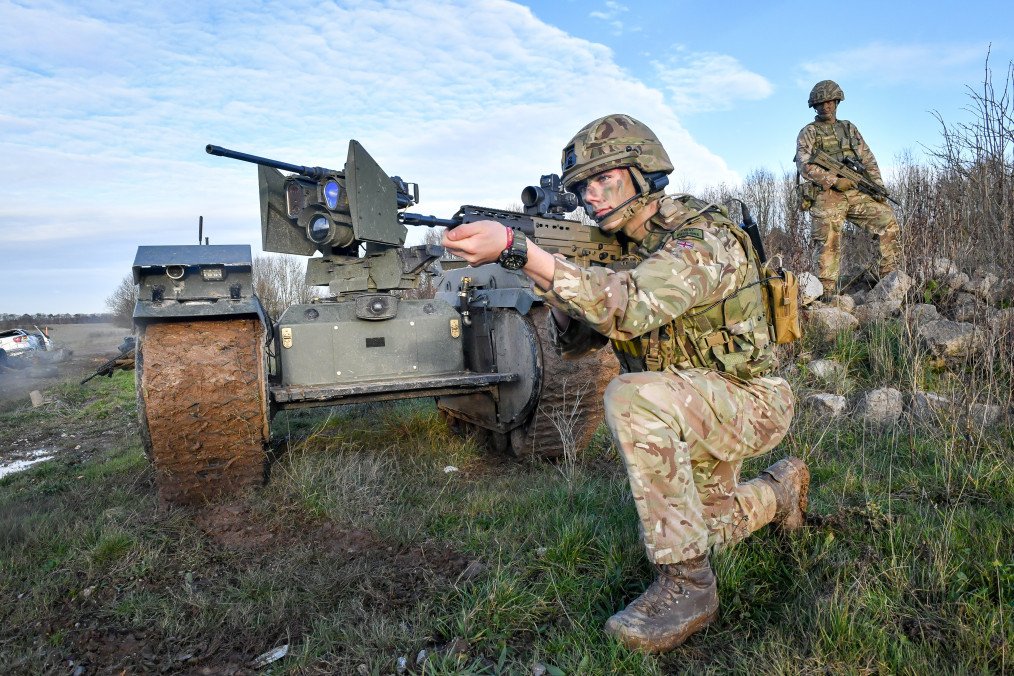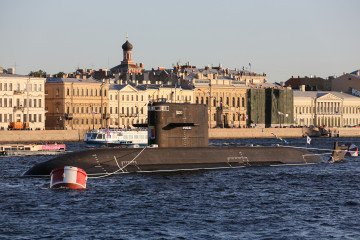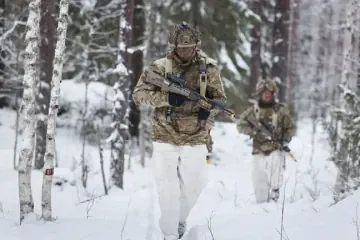NATO is advancing the development of combat robots as a response to increasing threats from Russia, as reported by The Times.
Recent large-scale exercises near the Adazi military base in Latvia showcased cutting-edge technologies, including robotic systems controlled via 5G networks from various locations across Europe.
During the “Digital Highway” tests, NATO showcased a robotic unit with the ability to autonomously scan the battlefield for adversaries was demonstrated. Spanish military personnel operated the robot from over 2,000 miles away, highlighting the potential of 5G networks to enhance military capabilities. NATO's objective is to technologically outpace potential adversaries, including Russia, and improve coordination among the armed forces of member nations.
Latvian Defense Minister Andris Spruds emphasized NATO's commitment to coordinating various systems, including ground robots and unmanned aerial vehicles, in light of contemporary threats.
Estonian representatives also participated in the exercises, with Prime Minister Kristen Michal noting that the future of modern warfare is being shaped in Ukraine. He stressed the need for maintaining a technological advantage over Russia and called for NATO to set ambitious goals, indicating that previous defense enhancement measures were insufficient.
The exercises also featured the Latvian company Origin Robotics' precision weapon unmanned system, known as Beak, referred to as the “flying Javelin.” This drone is designed to return to base after completing its mission, offering a more economical alternative to traditional strike aircraft.
Unmanned systems were employed during the exercises for tasks such as evacuating wounded soldiers and coastal patrols.
Earlier, Poland has commenced construction of the “East Shield,” a line of defensive fortifications along its border with Russia, as announced by Prime Minister Donald Tusk. Designed to ensure safety during peacetime and create an impassable barrier in times of war, the fortifications will feature anti-tank barriers and extensive trench networks along the 400-kilometer border shared with Belarus and Russia, with completion expected by 2028.







-111f0e5095e02c02446ffed57bfb0ab1.jpeg)
